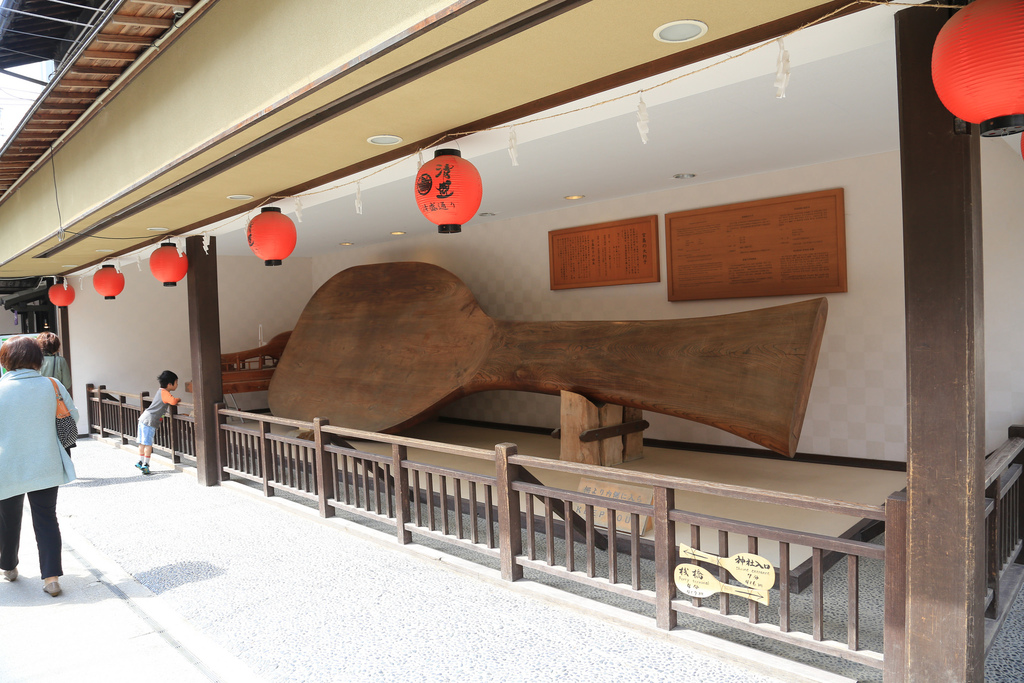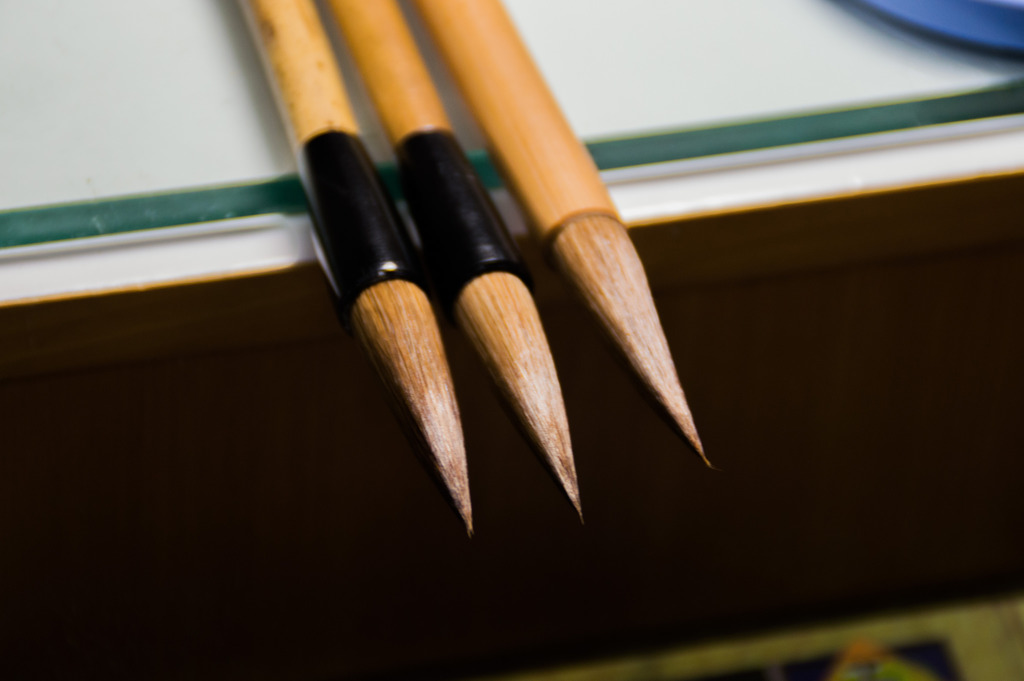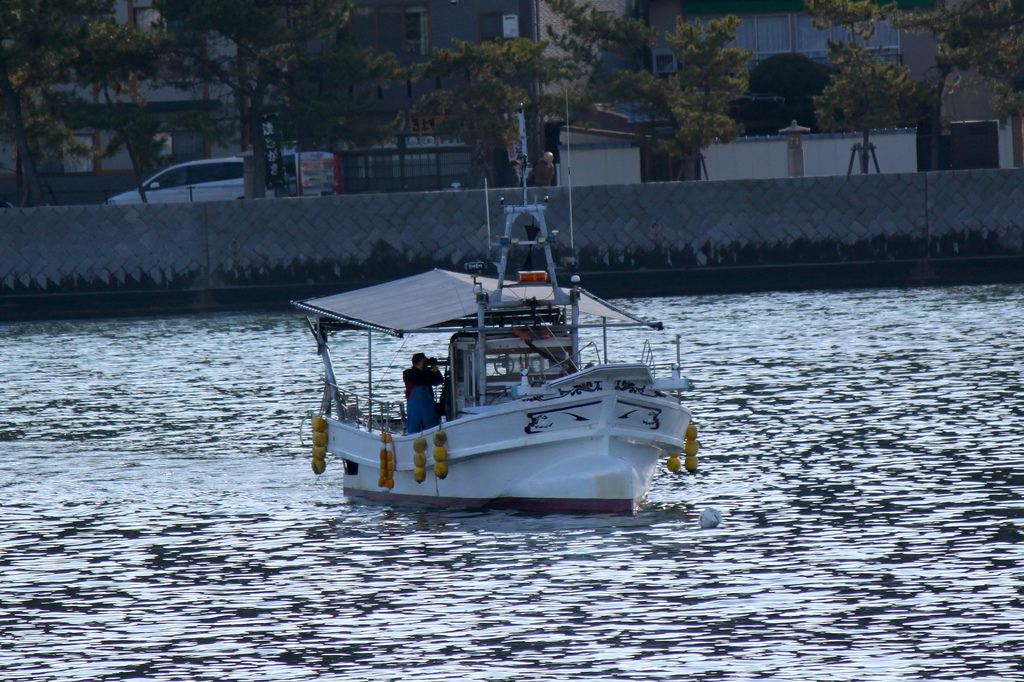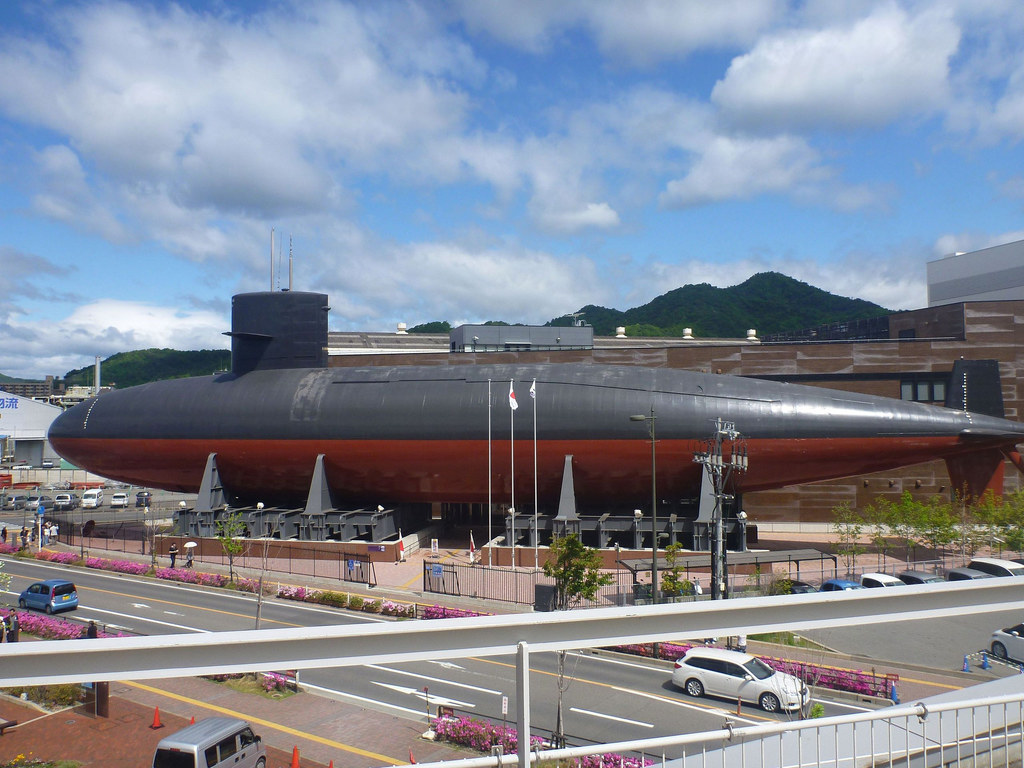The Most Unusual Experiences in Hiroshima

Hiroshima is famous for its solemn history, its UNESCO World Heritage Sites, and its delicious seafood and regional cuisine. But once you’ve explored the Peace Memorial, seen the sights, and eaten your fill of local foods, there are still plenty of fascinating and unusual things to see and do in Japan‘s famous city.
1. Check out the world’s largest rice scoop on Miyajima Island
Shrine

Miyajima is one of Japan’s most popular destinations thanks to Itsukushima Shrine, famed as one of three most scenic landmarks in Japan. However, Miyajima offers other interesting sights including the world’s largest shamoji, or rice scoop, displayed on the island’s Omotesando shopping street. Made of Japanese elm and weighing 2.5 metric tons, this giant shamoji was made to commemorate Itsukushima Shrine being designated a UNESCO World Heritage Site in 1996. A short distance from the giant rice scoop is a workshop where you can decorate and send your very own wooden rice scoop postcard.
Omotesando 589-2, Miyajimacho, Hatsukaichi City, Hiroshima, Japan, +81 08 2944 1935
2. Visit the home of artisan calligraphy and makeup brushes
Museum
Kumano City is the artisanal brush capital of Japan. This small town, located to the east of Hiroshima City, produces around 80% of Japan’s calligraphy brushes using centuries-old techniques. The handcrafted brushes, called fude, are made from natural materials including Japanese woods and animal fur. While they are primarily crafted for Japanese calligraphy, in recent years Kumano brushes have become popular for use as high-end makeup brushes. Kumano celebrates their local craft with the Fude Matsuri (Brush Festival) held on the autumnal equinox each year. Visitors to Kumano should check out the Fudenosato Kobo Museum, where you can see Kumano brushes being made and even attend a brush making workshop.
Nakanomizo 5-17-1, Kumano, Hiroshima, Japan, +81 08 2855 3010
3. Escape to an island of rabbits
Museum
Okunoshima, or ‘Rabbit Island’, is located about two hours by local train from Hiroshima City, the perfect distance for a day trip. The island was once a secret government testing facility for poison gas, and after the facility was shut down, healthy test rabbits were released from the lab. While Okunoshima is also home to the educational Poison Gas Museum, the biggest draw for visitors are the hundreds and hundreds of wild, yet friendly bunnies that roam free. You can get there by ferry from Tadanoumi Port.
Nakamachi 1-2-1, Tadanoumi, Takehara City, Hiroshima, Japan, +81 08 4626 0853

5. Get an up-close look at how oysters are grown
Shrine
See how the local fisheries cultivate Hiroshima’s famous shellfish in an oyster landing tour with Shimada fisheries. Visitors take a small ship out to the raft where the oysters are grown on a floating farm rope – the sight of the massive oyster landing being lifted from the waters of the bay is quite impressive. The ship also makes a stop at Itsukushima Shrine, which you can view up close from the sea, before returning to shore where you’ll be greeted by a hearty bowl of fisherman’s porridge filled with plump Hiroshima oysters. Tours are available annually from November to August.
Miyajimaguchi-nishi 1-2-6, Hatsukaichi, Hiroshima, Japan, +81 082 930 6356
6. Walk through a decommissioned submarine
Museum
History buffs will want to make a trip to Kure City for the Japan Maritime Self Defence Force Museum, which is dedicated to the JMSDF’s mine sweeping activities in the Pacific Ocean following World War II. The museum is home to the decommissioned Akishio submarine, nicknamed the ‘Iron Whale’. Visitors can walk through the submarine and experience what life was like in the close, cramped quarters.
Takaramachi 5-32, Kure City, Hiroshima, Japan, +81 82 321 6111
7. Learn about the world’s largest battleship
Museum
If you’re in Kure City getting your fill of maritime history, then you should stop next door for a trip to the Yamato Museum, dedicated to the largest battleship in history. Unlike the JMSDF, you won’t be able to see the actual Yamato battleship as it was destroyed and sunk by Allied Forces in 1945 shortly after being deployment.
Takaramachi 5-20, Kure City, Hiroshima, Japan, +81 82 325 3017
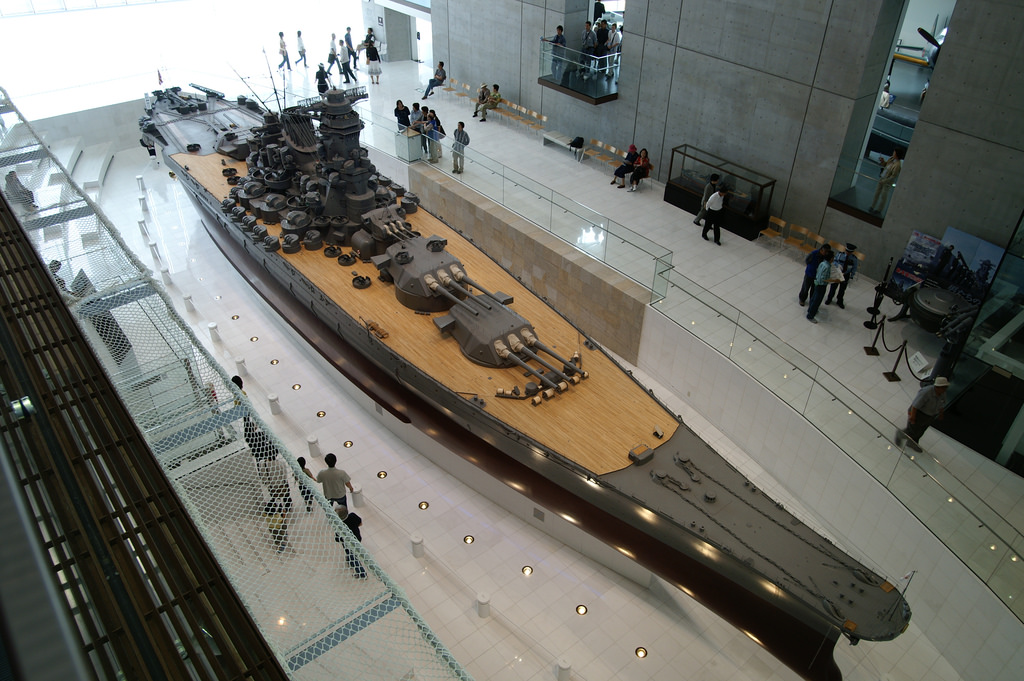
Battleship YAMATO | © Hideyuki KAMON/Flickr
Since you are here, we would like to share our vision for the future of travel - and the direction Culture Trip is moving in.
Culture Trip launched in 2011 with a simple yet passionate mission: to inspire people to go beyond their boundaries and experience what makes a place, its people and its culture special and meaningful — and this is still in our DNA today. We are proud that, for more than a decade, millions like you have trusted our award-winning recommendations by people who deeply understand what makes certain places and communities so special.
Increasingly we believe the world needs more meaningful, real-life connections between curious travellers keen to explore the world in a more responsible way. That is why we have intensively curated a collection of premium small-group trips as an invitation to meet and connect with new, like-minded people for once-in-a-lifetime experiences in three categories: Culture Trips, Rail Trips and Private Trips. Our Trips are suitable for both solo travelers, couples and friends who want to explore the world together.
Culture Trips are deeply immersive 5 to 16 days itineraries, that combine authentic local experiences, exciting activities and 4-5* accommodation to look forward to at the end of each day. Our Rail Trips are our most planet-friendly itineraries that invite you to take the scenic route, relax whilst getting under the skin of a destination. Our Private Trips are fully tailored itineraries, curated by our Travel Experts specifically for you, your friends or your family.
We know that many of you worry about the environmental impact of travel and are looking for ways of expanding horizons in ways that do minimal harm - and may even bring benefits. We are committed to go as far as possible in curating our trips with care for the planet. That is why all of our trips are flightless in destination, fully carbon offset - and we have ambitious plans to be net zero in the very near future.
- Post ID: 1450097
- Sponsored? No
- View Payload
